Pre-engineering
This curriculum is developed for high school students to help them understand more fully what the field of engineering is, the various opportunities available in the field, and the connection between their high school courses and future study of engineering. The pre-engineering courses are designed to be hands-on and engaging.
Engineering Principles
Engineering Principles is a project and experience based course designed to introduce students to the various fields of engineering. Students will gain an understanding of what engineers do and how their courses in high school are important preparation for entering the field of engineering. Students will be introduced to the engineering design cycle, as well as each of seven fields of engineering (Bioengineering, Chemical, Civil, Computer Science, Electrical, Materials, and Mechanical). Within each field of study students will explore career opportunities, how the field of engineering affects and benefits daily life and complete projects/activities that will solidify the students understanding of the field, as well as the underlying math and science involved. For each of the discipline units, students will prepare and give a short 5-minute presentation about that technology of their choosing that is related to that discipline. Emphasis is placed on the need for engineers to have good written and oral communication skills.
A list of materials needed for the projects, possible sources, and cost estimates can be found here.
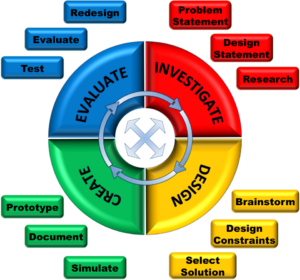 |
Unit 1: FoundationsIn this unit, students will be introduced to the importance and influence of engineering on everyday life, engineering design cycle, how to engineers document what they do. Students will brainstorm a problem to solve, and work through the engineering design cycle as they go about developing a solution. |
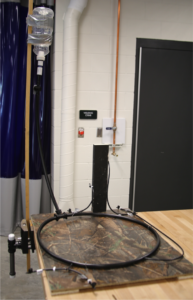 |
Unit 2: Civil EngineeringStudents will be introduced to the field of Civil Engineering: the discipline of engineering that deals with the design, construction, and maintenance of infrastructure and the environment. Students will follow up their introduction with a project related to concepts in Civil Engineering. |
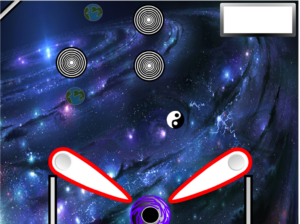 |
Unit 3: Computer ScienceStudents will become familiar with the field of Computer Science: the discipline involved with the devices and instructions to calculate a set of outputs from a set of inputs. They will learn the basic coding structures using a graphic coding environment (Scratch), as well as unplugged activities. Students will ultimately write code to create their own computer program. |
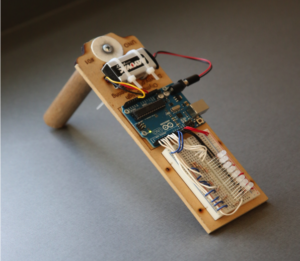 |
Unit 4: Electrical EngineeringStudents are introduced to the field of Electrical Engineering: the discipline of engineering that harnesses electrons to do useful work. Students explore the some of the fundamentals of electricity and use their understanding to complete a group project in Electrical Engineering. |
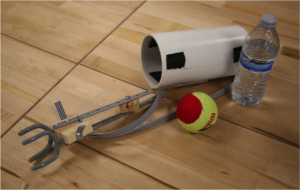 |
Unit 5: BioengineeringStudents explore the field of Bioengineering: the discipline which develops technology that interfaces with biological systems. Students learn how engineering directly affects the lives of people, whether in their community, or in communities across the world. Students must work between design requirements and constraints as they complete a group project in Bioengineering. |
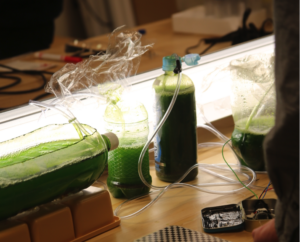 |
Unit 6: Chemical EngineeringStudent are exposed to the field of Chemical Engineering: the discipline that is involved with the transformation of raw materials to finished products. Through a group project, they will learn about principles of design to meet objectives, process monitoring, data modeling, and product characterization. |
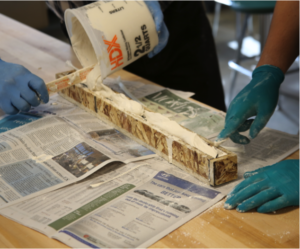 |
Unit 7: Materials Science and EngineeringStudents investigate the discipline of Materials Science and Engineering: the field that deals with the development of materials with desirable properties. Students study material properties and how the molecular makeup and structure are important in determining those properties. Students work together as groups to create a composite material that will perform optimally within cost and dimension constraints. |
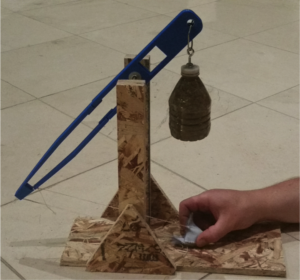 |
Unit 8: Mechanical EngineeringStudents learn about the field of Mechanical Engineering: the discipline that involves the movement of materials and energy. Students learn about principles of energy transfer and moment of inertia. Through the use of simulations, they learn about design optimization and gain skills in computer aided design. |